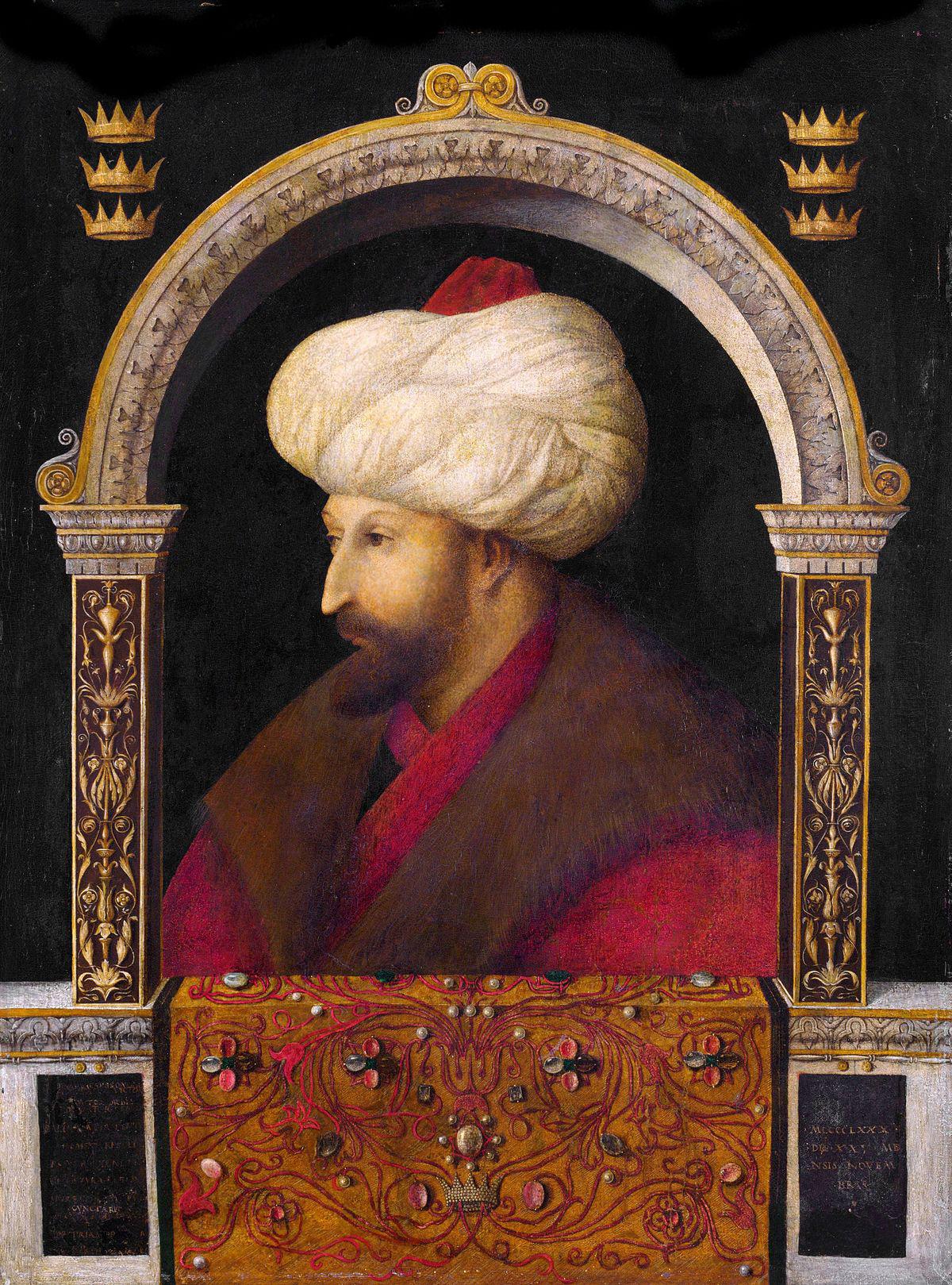
The last Ottoman princess Durru Sehvar who left a legacy of women’s emancipation in Hyderabad. Arrangement The last Ottoman princess Durru Sehvar who left a legacy of women’s emancipation in Hyderabad.
| Photo Credit: Special Arrangement
A nose is a nose. Princess Durrusehvar of Berar had a memorable nose, one that reminded a visitor from Turkey of a painting by Italian artist Bellini of Sultan Mehmet II. Mehmet II, who conquered Constantinople, was related to Princess Durrusehvar and it showed in their noses. The British portrait photographer Cecil Beaton captured the aquiline nose of the princess as she leaned against the balustrade of the corridor of her Bella Vista home in Hyderabad sometime in 1944. A few years before that, the princess’s nose almost got disfigured, but luckily she stood up to her father-in-law Nizam Osman Ali Khan. According to Princess Niloufer, the Nizam wanted his daughter-in-law to have her nose pierced in the Indian way and promised her diamonds if she agreed. The princess stood her ground and said: “No, father”.
A hundred years ago, in March 1924, Princess Durrusehvar was driven away from her family home when Turkey became a Republic and the royalty traced to the Ottoman Caliphate was abolished. Princess Durrusehvar’s father, Abdul Majid Efendi, was the last Caliph of the Ottoman Empire. He had to move out of the Dolmabahçe Palace with his family and travel to Europe on the Orient Express. A few years later, in 1931, Princess Durrusehvar married Azam Jah, the eldest son of Nizam Mir Osman Ali Khan. The Nizam was then one of the wealthiest men in the pre-petroleum boom world.
This was a loaded message for the Muslim world. Will the caliphate be reborn in another country? But it was not to be. Princess Durrusehvar, which, in Persian, meant ‘pearl worthy of kings’, had something else in mind. She embraced Hyderabad and India, learned the local language Urdu, and took to her role as a princess with elan. Within five years of her arrival, she gave a speech in Urdu at the 10th Hyderabad Women’s Conference: “Hyderabad is now my home. I identify myself with all your hopes and interests, your ambitions and aspirations, and the welfare of your children. . . I have waited for the time when you would consider me as one of yourselves, and believe me, I am always ready to cooperate with you in every way…”

The last Ottoman princess Durru Sehvar who left a legacy of women’s emancipation in Hyderabad. Arrangement The last Ottoman princess Durru Sehvar who left a legacy of women’s emancipation in Hyderabad.
| Photo Credit:
Special Arrangement
“I remember going with my mother to Mahbubia School and Princess Durrusehvar was the chief guest at the event. She gave away the prizes to the school girls. This was perhaps the first time someone from the royal household of Nizam was interacting with people,” remembers Indira Devi Dhanrajgir, who interacted with Durrusehvar whenever both were in Hyderabad.
One of the key indicators of elite social life in Hyderabad was the demarcation of spaces as ‘zenana’ and ‘mardana’. Princess Durrusehvar put tweak to this demarcation by inviting couples for public events, noted Hyderabad historian Omar Khalidi. Once an invite went out for a couple for a social event, it became necessary that the couple walk in together and the institution of separate entrances, dining areas and spaces suffered a blow. Once women and men shared spaces together, it was difficult to ignore the concerns of women. The Princess adopted flowing saris to make a style statement which was a marked contrast to the dresses she wore in Turkey and France.
She started the Anjuman-e-Khawateen Baraye Taraqqi Taleem wa Mashrat, or the Women’s Education and Social Life Development Association. Now, hundreds of young girls study in the educational institutions created by the Ottoman princess who was also the last of the royalty in Hyderabad. Among the institutions she created are Urdu Medium Girls School, Junior College for Girls, College for Education for Women, Aided Girls High School, College of Nursing, Children and General Hospital among other things.
Currently, Princess Durrusehvar’s grandson Azmet Jah is the titular ninth Nizam.




